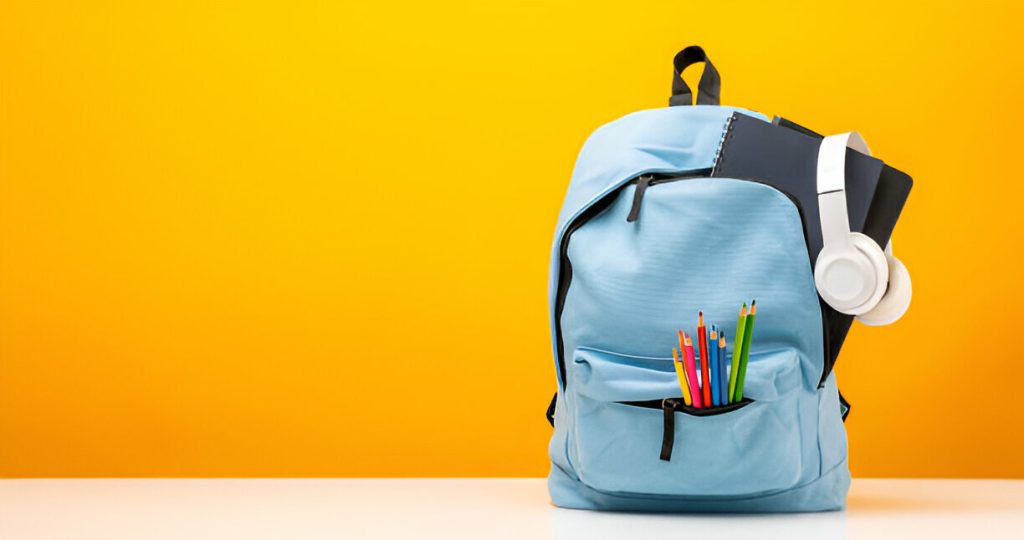Backpacks have evolved significantly over the years, adapting to the changing needs and preferences of modern users. Today, they are not just functional carriers but also fashion statements, equipped with innovative features that enhance convenience and comfort. In this blog, we’ll explore the top trends in modern backpack design and functionality that are shaping the backpack industry.
Ergonomic Design for Comfort

Modern polyester backpacks prioritize ergonomic design to ensure maximum comfort, especially for users who carry heavy loads for extended periods. Features such as padded shoulder straps, adjustable sternum straps, and breathable back panels are common in polyester backpacks, reducing strain on the shoulders and back. These design elements promote better posture and comfort during long commutes or outdoor adventures, making polyester backpacks a practical and comfortable choice for everyday use.
Tech Integration
With the increasing reliance on technology, backpacks now come with integrated tech features. This includes dedicated compartments for laptops and tablets with protective padding, USB ports for convenient charging on the go, and cable management systems to keep wires organized. Tech-savvy users appreciate these features that seamlessly integrate their devices into their everyday carry.
Sustainable Materials
Environmental consciousness has led to a surge in backpacks made from sustainable materials. Manufacturers are using recycled fabrics, eco-friendly dyes, and materials like hemp or organic cotton to reduce their carbon footprint. These sustainable backpacks appeal to environmentally conscious consumers who prioritize eco-friendly products.
Modular and Customizable Design
Modular backpacks allow users to customize their carrying experience by adding or removing compartments, pouches, or attachments according to their needs. This flexibility is especially beneficial for travelers, students, or professionals who require versatile storage solutions. Additionally, some backpacks offer interchangeable straps or panels for a personalized look.
Anti-Theft Features
Security is a top concern for backpack users, leading to the integration of anti-theft features. Backpacks now feature hidden pockets, lockable zippers, RFID-blocking compartments, and slash-resistant materials to deter theft and safeguard valuables. These features provide peace of mind, particularly in crowded urban settings or during travel.
Lightweight and Durable Construction
Advancements in materials technology have resulted in lightweight yet durable backpacks. High-performance fabrics like ripstop nylon, Cordura, or ballistic nylon offer excellent strength-to-weight ratios, ensuring that backpacks can withstand daily use, outdoor adventures, or rough handling without adding unnecessary bulk.
Smart Organization and Accessibility
Modern backpacks prioritize smart organization and easy accessibility. Multiple compartments, including dedicated pockets for water bottles, sunglasses, and keys, help users stay organized. Additionally, backpacks now feature quick-access compartments, side or top openings, and clamshell designs for effortless packing and retrieval of items.
Conclusion
The evolution of backpack design and functionality reflects the dynamic needs of modern users. From ergonomic comfort to tech integration, sustainability, security, versatility, and convenience, today’s backpacks offer a range of features to enhance the user experience. Whether for daily commutes, travel, outdoor activities, or professional use, choosing a backpack that aligns with these top trends ensures both style and functionality in one compact package.
